All hail our AI overlords – but despite widespread skepticism, these overlords are actually changing our everyday lives for the better.
The younger generation is adopting AI at a much faster rate than the older groups, too, so it’s clear that AI tools are to stay and even evolve. These have become essential, even for academic work.
While AI has been used by institutions to improve learning environments, its use in submitting research papers is still considered dishonest by many.
After all, academic work determines the student’s authenticity and genuine knowledge in their work. Using AI without permission can even count as a form of plagiarism.
But what if you’ve always struggled with high-level academic writing? Tools like ChatGPT can really help out in this case.
As a student, having these smart tools has the potential to enhance your papers and help out with research projects.
After all, you need all the support and resources you can get in such a busy academic life.
Not everyone is on board with this modern approach to schoolwork, so as a result, students might need to keep their use of ChatGPT under wraps.
We understand that sometimes you need that extra hand – and AI can be a helpful solution.
Find out how to not get caught using ChatGPT so you can take advantage of AI and maximize your outputs.
Can You Get Caught Using ChatGPT? Yes – Here’s Why.
Now that you know AI tools like ChatGPT can definitely be used for your assignments, it’s important to know the risks involved in using them. Keep in mind that you may get caught.
Developed by OpenAI, ChatGPT is an advanced AI language model trained on huge amounts of text data while using machine learning algorithms to understand context.
This way, the tool can create AI-generated content based on the prompts it receives.
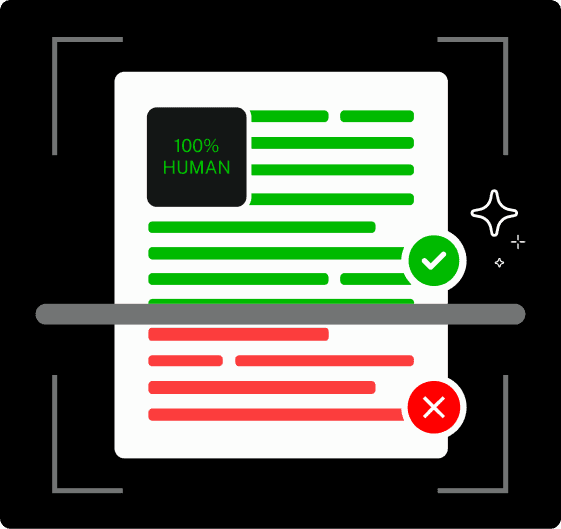
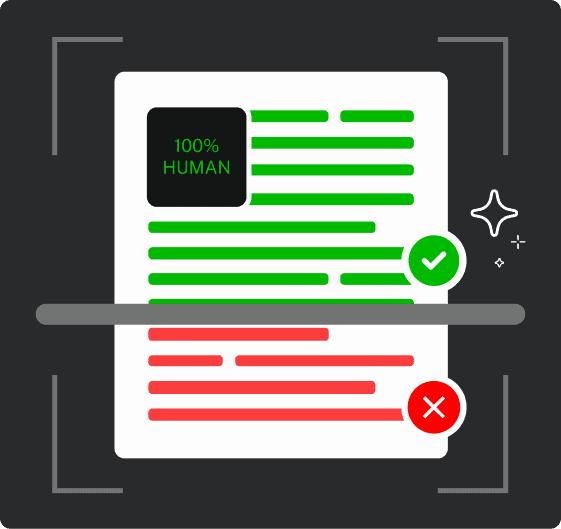
Never Worry About AI Detecting Your Texts Again. Undetectable AI Can Help You:
- Make your AI assisted writing appear human-like.
- Bypass all major AI detection tools with just one click.
- Use AI safely and confidently in school and work.
ChatGPT doesn’t access real-time data or know about the specifics of individual users because it only gets information that’s been fed to it.
It can, however, create well-structured text based on patterns that it has learned.
This makes it seem like the AI understands and creates original content, but in reality, it’s essentially piecing together information from what it has been trained on.
When you input a request, ChatGPT processes this information and produces a response that mimics an almost human-like form of writing.
This is what makes it so useful for getting ideas for works and even for assisting with essays and solving problems.
Our AI Essay Writer tool can help generate content quickly, but knowing how it works allows you to identify potential loopholes
Knowing how it works, you can find loopholes. Here are some reasons you’re getting caught using ChatGPT:
- Professors can detect ChatGPT because they use advanced plagiarism detection tools that can also catch AI content.
- The inconsistencies in writing style are a red flag for educators because ChatGPT might not match the typical way that you write. For example, if you use it to write a 3-paragraph essay, the tone and structure could differ from your usual work, making it easier for teachers to spot AI-generated content.
- ChatGPT has the tendency to generate overly formal and highly polished content. To avoid leaving traces or being detected while using AI, make sure to regularly clear history from browsing after each session.
While we believe that ChatGPT should not be outright banned from institutions because it does have benefits through responsible use, using it still has several risks.
The biggest factor is that it violates the honesty policies of nearly every institution. This can lead to a failing grade, suspension, or, most severely, an expulsion.
For teams using ChatGPT in structured environments, having well-defined prompts makes a significant difference. For example, these ChatGPT prompts for college orientation teams show how institutions can guide AI output responsibly for student communication and planning
There should be an ethical use of AI. Relying too much can hinder your learning process, and it’s just not worth it in the long run.
At the end of the day, proper education is what will set you up for success.
So, while it’s true that ChatGPT offers a lot of support, consider the risks and use the tool responsibly.

How to Not Get Caught Using ChatGPT? Practical Tips
Can you get caught using ChatGPT? There’s no doubt.
More than 80% of college professors are fully aware of what the tool is, so students need to step up their game and be more mindful when using AI.
Many educators are now on the lookout for AI-generated work.
Here are the best strategies for using ChatGPT the right way.
1. Use AI Detectors and Humanizers such as Undetectable AI
Use AI for AI. The best way to use ChatGPT without getting caught is to use an AI detector.
This detector, as the name implies, is a tool that’s specifically designed to identify text generated by artificial intelligence.
AI text detection works through advanced algorithms and machine learning to scan and evaluate the text.
They look for certain characteristics that are very unique to AI writing – an overly consistent tone, the use of repetitive and irrelevant phrases, and having an unnatural sentence flow.
A humanizer is something you might be less aware of. What makes humanizers so useful is that they can modify AI-generated content to make it more human-like.
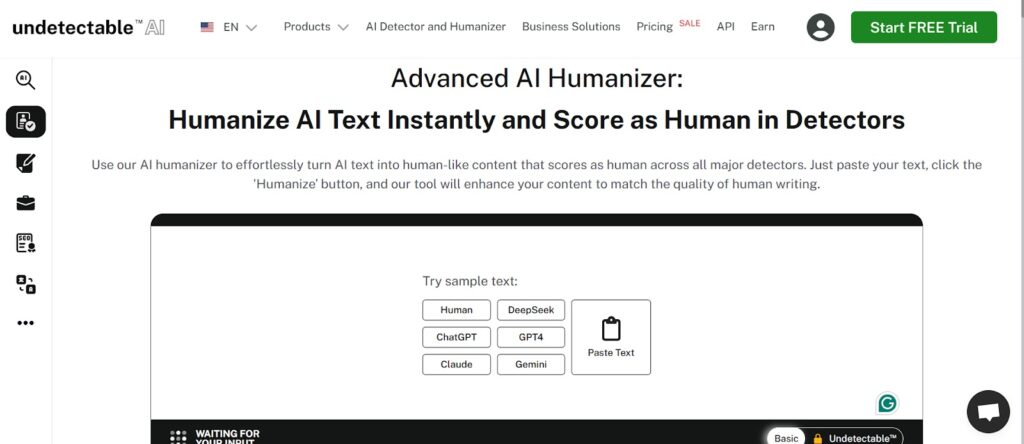
Humanize AI takes this further by adjusting tone, structure, and flow to match how a real person would naturally express themselves.
It removes robotic patterns, overly formal phrases, and stiff transitions—making your work sound more personal and authentic.
This not only helps you bypass detection but also improves how your writing connects with readers, especially professors looking for genuine student voice.
This adjusts the text to incorporate natural language variations and diverse sentence structures, all while ensuring the content has a more personalized tone.
Humanizers essentially mask the patterns that are so distinct from AI writing, making the content you submit virtually non-detectable by AI detectors.
Using an AI detector alongside humanizer is the game-changing strategy that students need to avoid AI detection.
First, you run your text through an AI detector to identify any parts of your content that might seem suspicious.
You can then use a humanizer to adjust these sections. These make the overall content of your paper appear more natural and human-written.
You need these tools because even if you just use AI to generate ideas, they can still be flagged by AI detectors. It’s always better to be safe than sorry.
What you need is a reliable AI detector and humanizer combo like Undetectable AI.
Undetectable offers advanced detection and humanization capabilities to make sure that every text you submit passes evaluation.
With their sophisticated algorithms, you can confidently use ChatGPT while minimizing the risk of getting caught.
New to Undetectable AI? We’ve got you covered. Here are the steps to effectively use Undetectable and continue using ChatGPT with no worries:
Step 1: Create the content you need with the help of ChatGPT
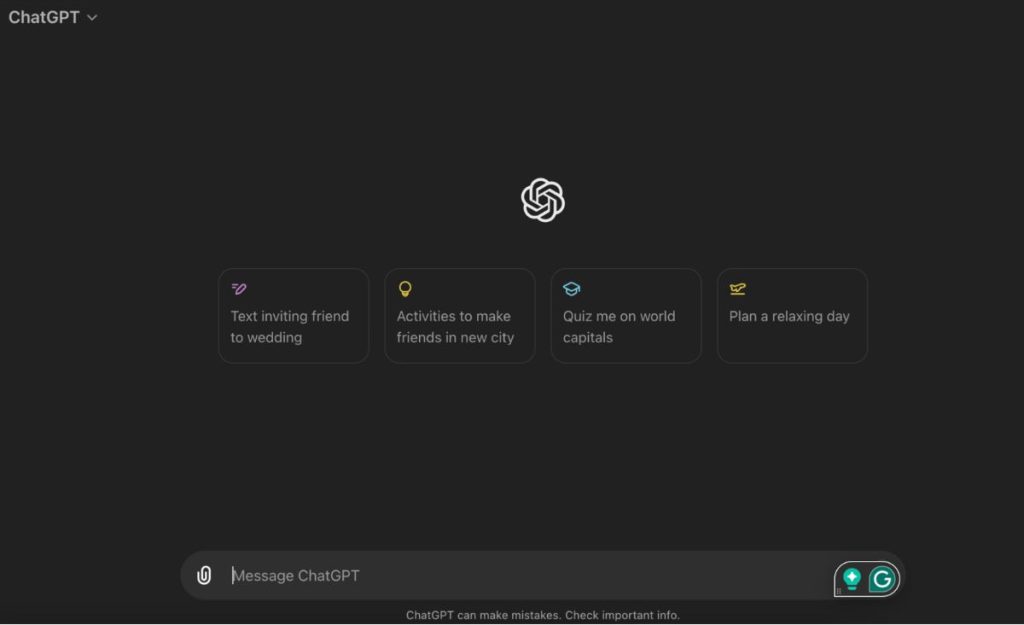
Enter the prompt or questions you need answered into ChatGPT. Be sure to use the content generated responsibly and create your paper as instructed by your professor.
Step 2: Open Undetectable AI
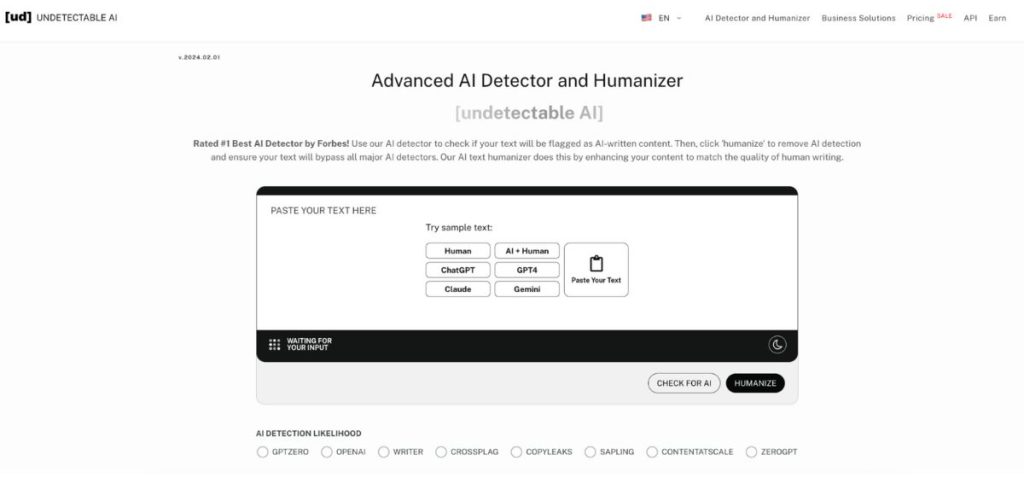
Go to the undetectable.ai website and access its free AI detector. You also have the option to sign up for a personal plan that starts at just $5 monthly for up to 10,000 words.
Step 3: Input your text
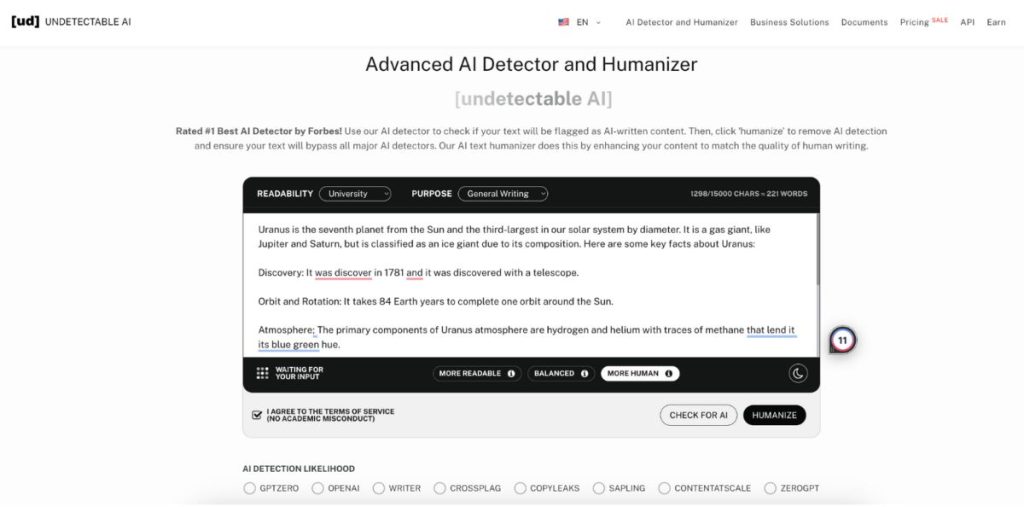
Copy the content you’ve made with the help of ChatGPT and paste it on the platform.
Step 4: Run the AI detector
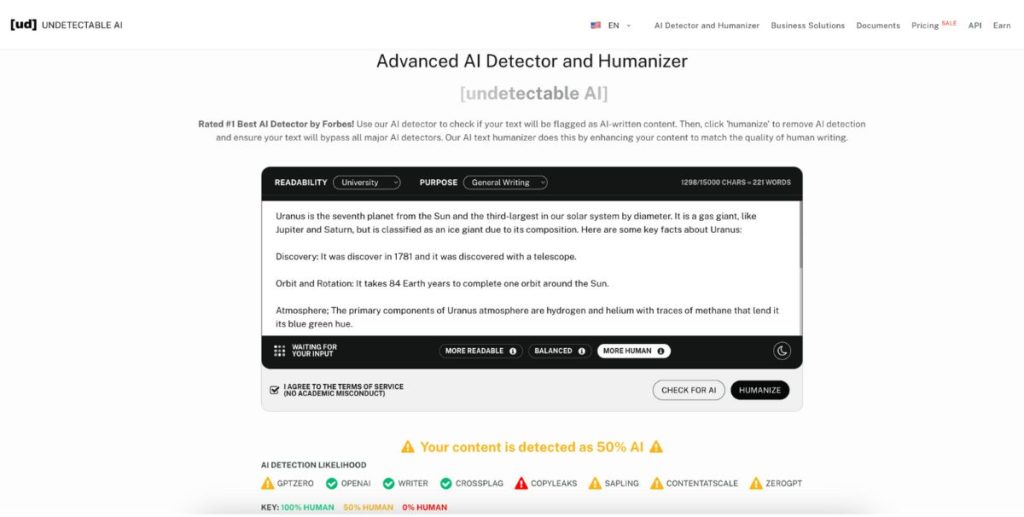
Click the “Check for AI” button and let Undetectable do its thing. Within seconds, you can see the detector’s findings.
Step 5: Use the Humanizer
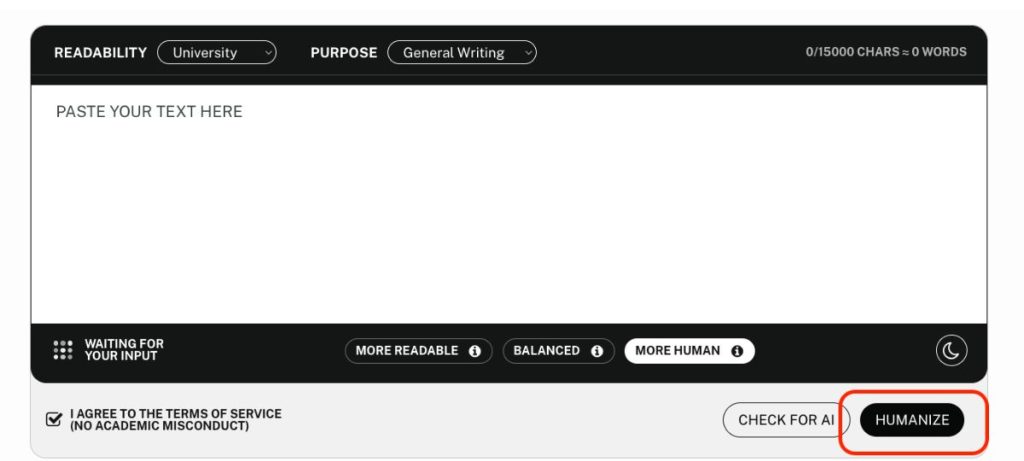
Thanks to the detector-humanizer combo that Undetectable offers, you can conveniently click the “Humanize” button just beside the Check for AI button.
The humanizer will modify the AI text to make it appear more human-like.
Step 6: Review and edit
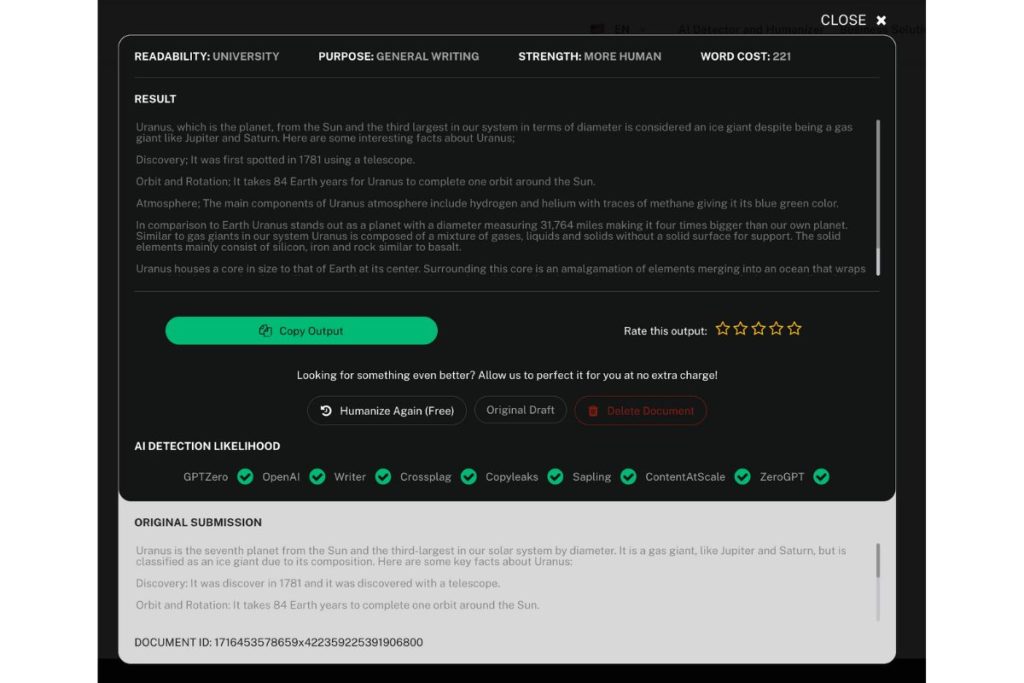
Read through the humanized text and make sure that it still conveys your original message.
When necessary, make some manual edits to personalize the content even more and align it with your writing style.
Step 7: Finalize your Content
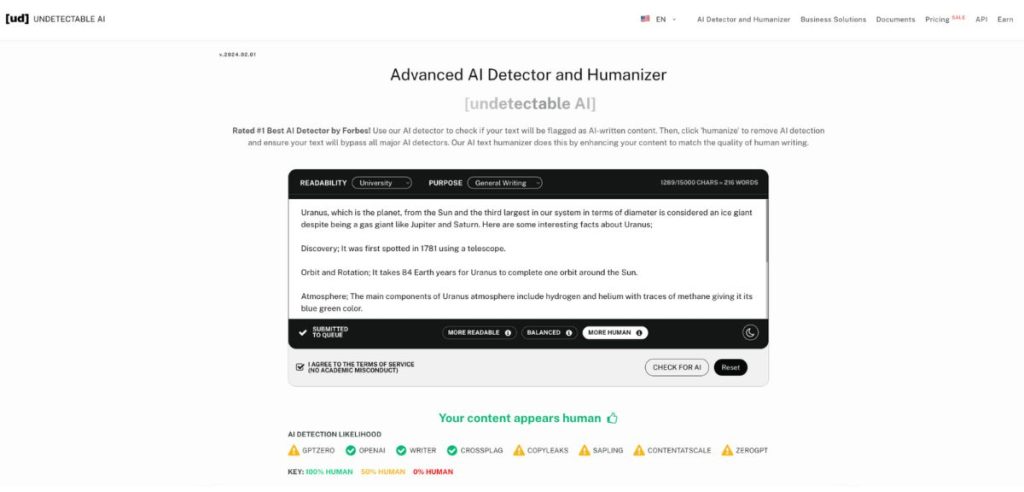
Run your new content through the Undetectable platform again and check to see if it passes the AI detector test.
Now that your paper has passed AI detection, you can confidently submit your work, knowing that you’ve taken all the necessary steps to humanize and authenticate your AI-generated content.
2. Use an AI Paraphraser
You might have heard of Quillbot and Wordtune – popular AI paraphrasers that can help you rewrite text while preserving its original meaning. Also, consider using AI tools like AxiosHQ sentence rewriter to create variations of your generated content.
These go well with AI detectors because they remove the hassle of having to rephrase the complex stuff.
This is a more targeted way to transform specific parts of your paper that are AI-generated text into something that looks more personalized and less likely to be flagged by plagiarism detectors.
Most of these simply work by copying the text on the platform, highlighting key phrases you want to be paraphrased (also available in different tones and styles), and turning it into a new, more humanized version.
What’s great about AI paraphrasing tools is that they can quickly rewrite large blocks of text.
This, in turn, saves you lots of time and effort compared to doing all the work manually.
Using this, combined with using AI detectors and humanizers, is a good strategy to use ChatGPT responsibly and effectively.
3. Practice Safe Habits With ChatGPT
There are principles for AI in education, which means that it has the potential to advance the teaching and learning process.
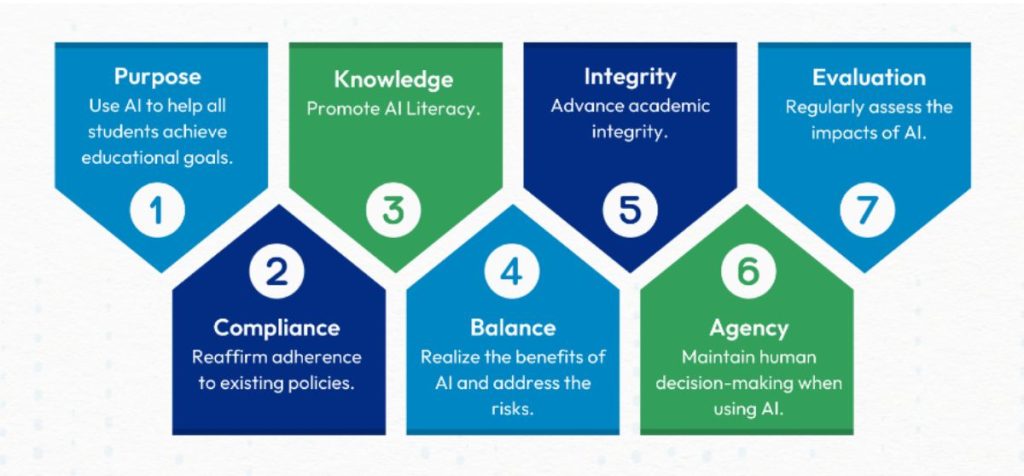
As students, you need to practice safe habits when using tools like ChatGPT to avoid getting caught and maintain proper use. Here are some ChatGPT-use tips to keep in mind:
- Understand your institution’s policies to stay within the guidelines and avoid potential penalties.
- Don’t make ChatGPT your only writer; use it as your guide for inspiration and for generating ideas for content that’s still uniquely yours.
- Never fully trust the content generated by ChatGPT because it’s prone to AI plagiarism, so always review and revise your content before submitting.
- Before submitting any work with the help of AI, use a reliable plagiarism checker and make AI write like you to make sure that your content doesn’t get flagged.
- Don’t feed the AI tool with any personal or sensitive information. ChatGPT saves your chat history.
Practicing safe habits with ChatGPT basically means that you should treat AI as a tool rather than your only resource.
With the right use, you can enhance your learning experience while minimizing the risk of detection. Always stay informed to make the most of using ChatGPT.
FAQs
Can ChatGPT get caught for plagiarism?
Yes, any AI-generated content can be detected as plagiarism if not used correctly. AI detectors are specifically designed to recognize AI content, so always edit and personalize the content you get from tools like ChatGPT.
Can professors tell if you use ChatGPT?
Sure, professors can potentially tell if you use ChatGPT. Manually, they can detect AI content if it’s inconsistent with your usual writing style. Some educators now also use use advanced AI detection tools.
How do schools detect ChatGPT?
Schools can detect ChatGPT through a combination of traditional plagiarism detection tools as well as specialized AI detectors. Traditional tools compare submitted work against a database of already-existing content. AI detectors, on the other hand, detect patterns and attributes that are typical of AI.
Conclusion
All we can say here is that you don’t have to worry, you can use ChatGPT for your paper.
But using an AI tool requires a balancing act of using it as just what it is – a tool – and running it on a trusted AI detector-humanizer like Undetectable AI.
Taking responsibility is a good thing, too, so always practice safe usage.
With these tips, you can maximize the power of ChatGPT to enhance your academic work without falling into plagiarism.
You can try Undetectable AI easily with the widget below (English only). Enhance your content seamlessly and ensure it meets E-A-T principles while maintaining authenticity. Give it a try now!
